

Making your paywall dynamic means being audience-first, adapting the conversion experience to a user's profile or context thanks to audience segmentation. It's the most effective strategy to optimize conversion rates.
Importantly, dynamicity can be integrated to any paywall model - freemium, metered or hard - to better adapt the experience to each reader. For instance, even if you'd like to block all content for all readers (a "hard" paywall model), you can still adapt paywall messaging or the subscription offer to a reader's profile or context.
Firstly, what part of your paywall can you make dynamic?
- The user’s conversion journey
The number of articles for free before being fully blocked, the soft conversion steps pre subscription (e.g. registration wall), how ‘hard’ the wall is (i.e. does it have a ‘no thank you’ option or is the only way to close it to subscribe?).
- The paywall messaging
A personalized value proposition or subscriber benefits for instance.
- The subscription offer
The price, discount, subscription package, free trial…
- The paywall design
Even the colors and images can play a role in conversion rates. But also what you include in the wall, such as form fields (that you wouldn’t need if a reader already has a free account, for instance), subscription offers, photo of a journalist (maybe the author of that specific article)…
How can you segment your readers?
Audiences can be segmented based their profile or context (or a mix). For instance, the device they’re using, their location, the content type, their level of engagement, or a custom value, such as the reader’s status (logged member, ex-subscriber, etc).
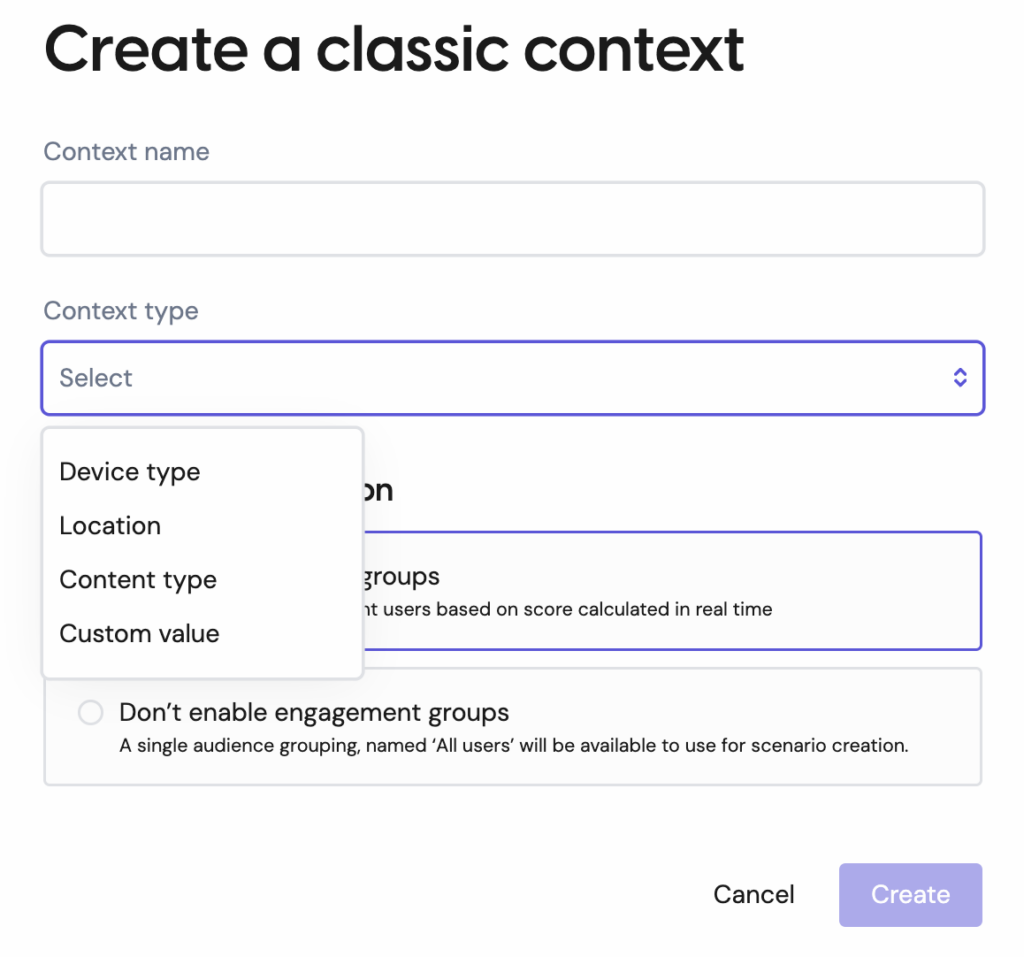
To get you started in your dynamic paywall efforts, let’s look at some examples for each of these ways of segmenting audiences.
Adapt to the reader’s location
The Kyiv Independent: adapted to the reader’s location (USA)

La Croix International: even something as simple as changing the currency fits into ‘being dynamic’, and this is a small but important personalization to encourage subscription

Adapt to the source of traffic
Journal du Dimanche: adapted to readers coming from upday, the news aggregator site. The goal here is to balance audience acquisition through upday and conversion rates.
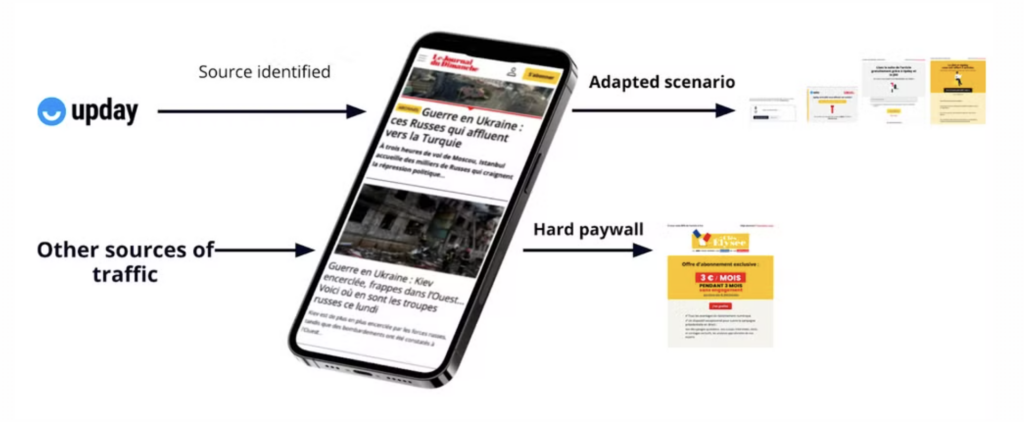
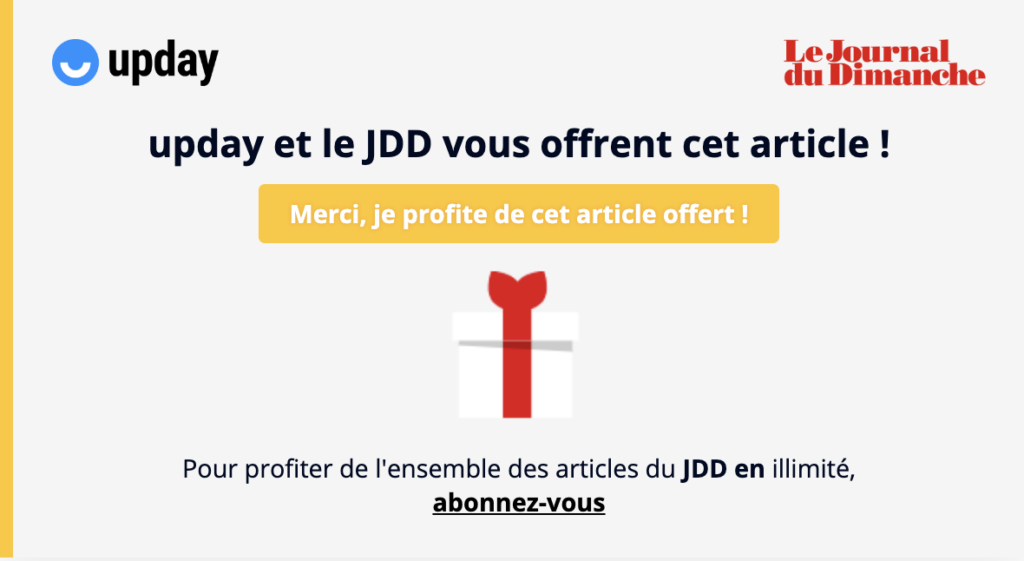
Adapt to the content type
Le Dauphiné Liberé: adapted to the content type (politics) during the EU elections

ELLE Magazine: paywall value proposition and first 2 benefits adapted to the content type (cuisine & beauty)
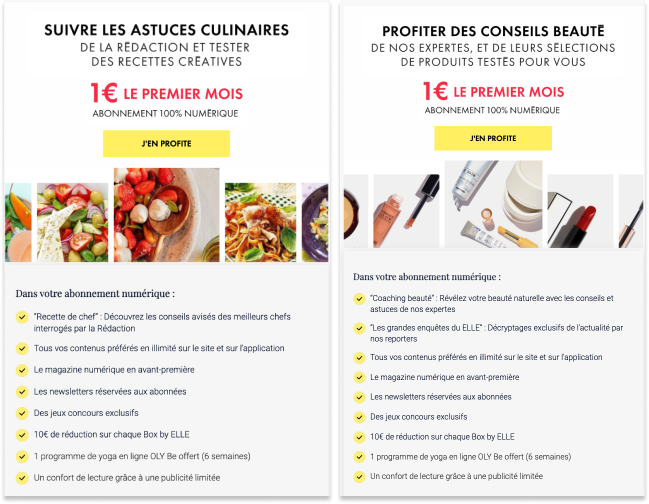
Le Figaro: adapt your value proposition to the content type

Across all messaging, the focus is always on ‘freedom’ (liberté), something that lies at the heart of Figaro’s values, but the 3 versions present freedom in different ways:
- For news articles: “Free to subscribe. Free to unsubscribe.”
- On political content: “Cultivating your freedom is cultivating your curiosity.” (I admit, it sounds better in French…)
- In the world news section: “Freedom is also about going until the end of a debate.”
Adapt to a reader’s propensity to subscribe
Digiday recently announced that The Atlantic is rolling out its own dynamic paywall that adapts the price of subscription based on a reader’s propensity to subscribe, determined by their behavior on the site.
The variable pricing model means different cohorts of readers will see different prices, ranging from $60-$100.
Atlantic CEO Nick Thompson said the tests have gained subscribers and increased The Atlantic’s ARPU, and (importantly) have not impacted churn or bounce rates.
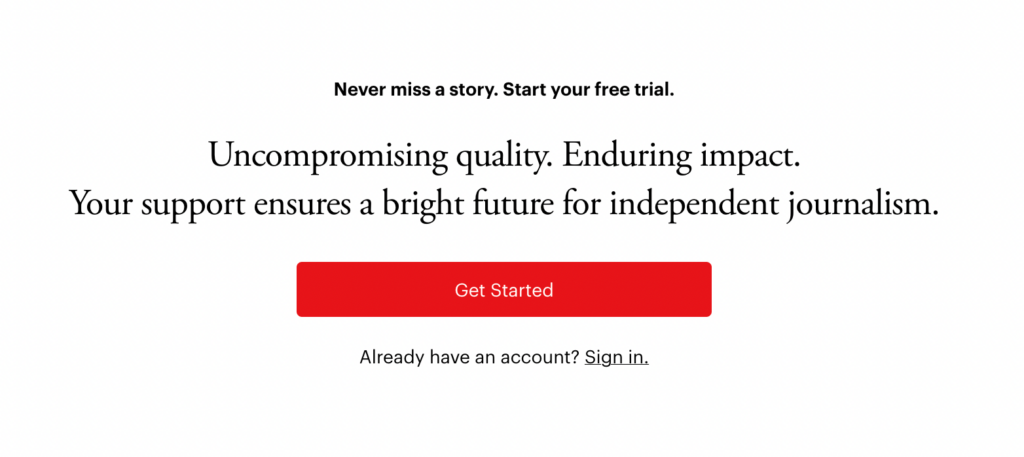
This is what a Poool client has put in place based on an RFV score (Recency, Frequency & Volume of visits). The discounted starting offer differs according to a reader’s level of engagement (thus propensity to subscribe). This helps to maximize revenue for more engaged readers who are ready to convert whilst still acquiring new subscribers through the lower priced offers that seek to convert and retain on a low cost to build habits and prove the value of subscription.

Adapt to a reader’s status
Medium: paywall for registered members, personalized to their profile and content consumption habits
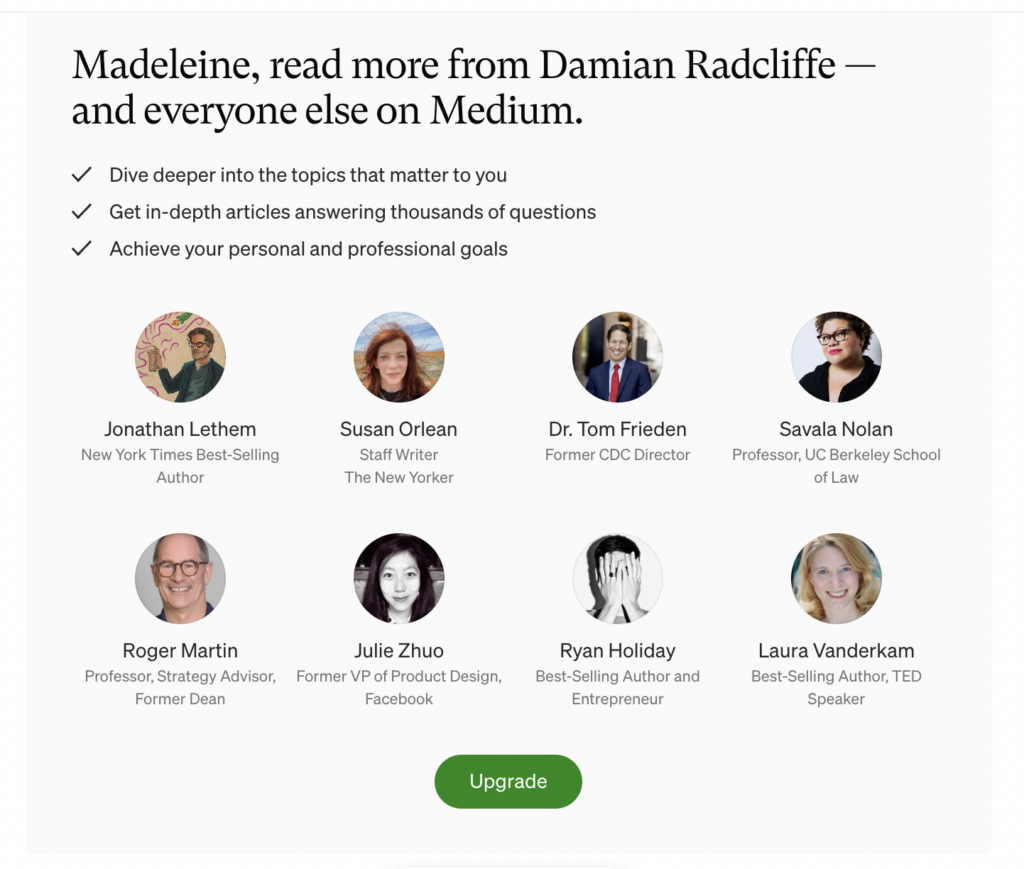
Clarin: a similar strategy but a hard paywall.
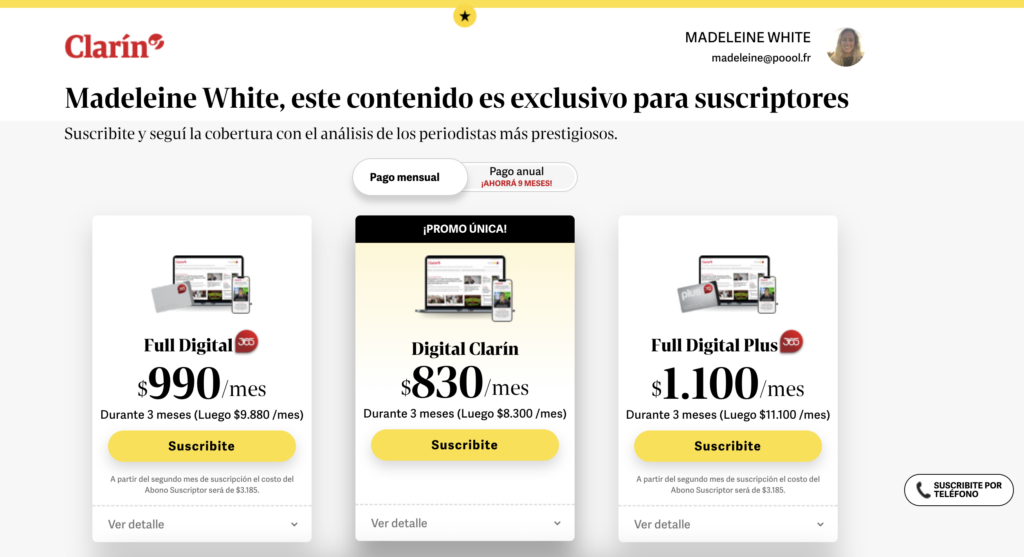
Journal du Dimanche: paywall for ex-subscribers

Sud Ouest: For readers who started the subscription process but didn’t finish.
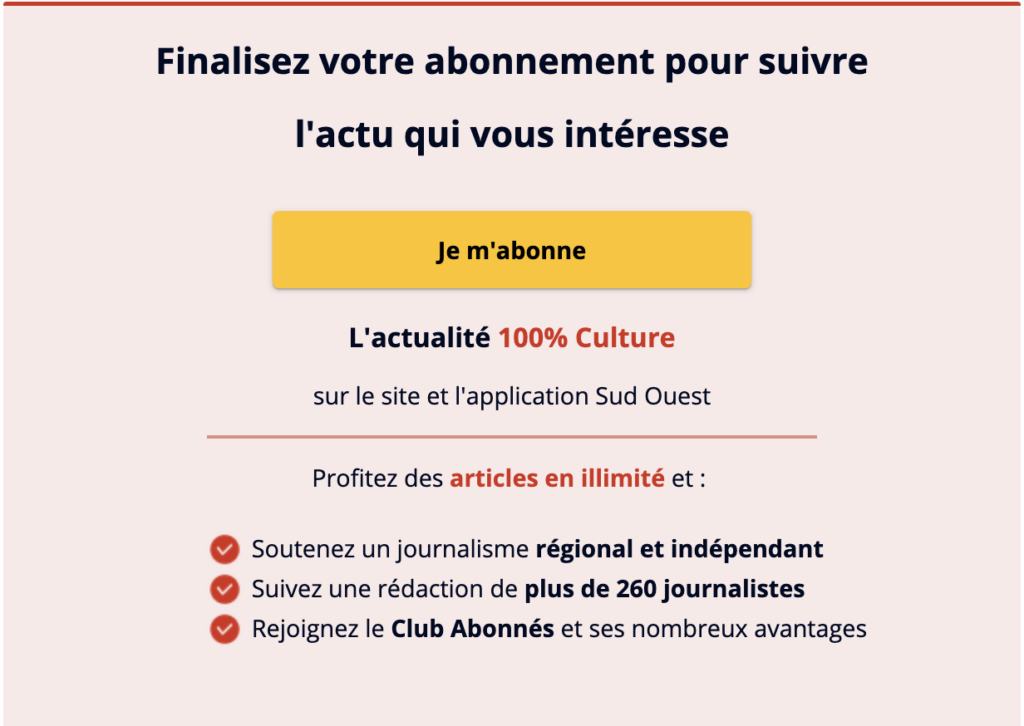
The essential: adapt to the device type
The Washington Post: this dynamic model may be due to a variety of factors, such as frequency of visits, but the same article led to a different experience on desktop vs mobile.
Desktop conversion rates are significantly higher than on mobile, which is likely the reason why The WP blocks on the first article here.
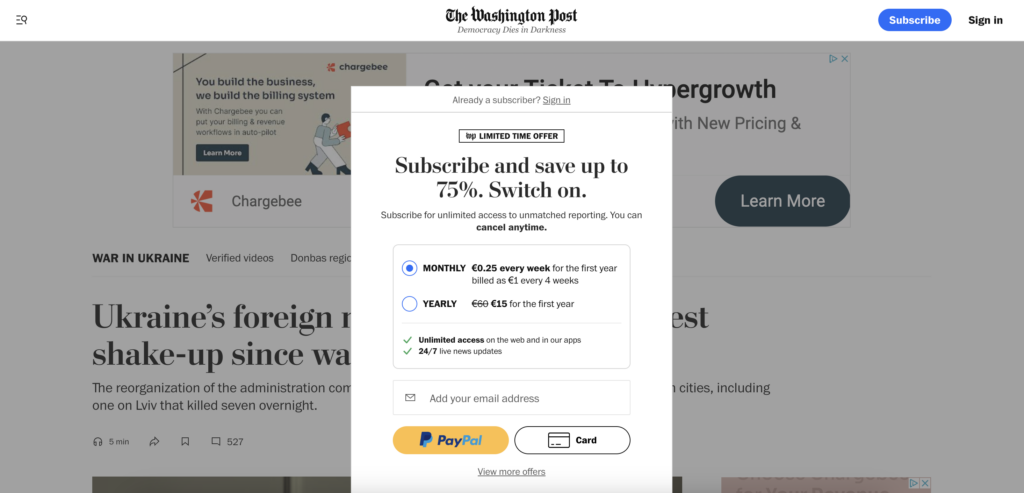
Compared to the mobile journey where we only see a pop-up on the first article, a banner on the second, followed by a registration wall to unlock that one article and finally a paywall.
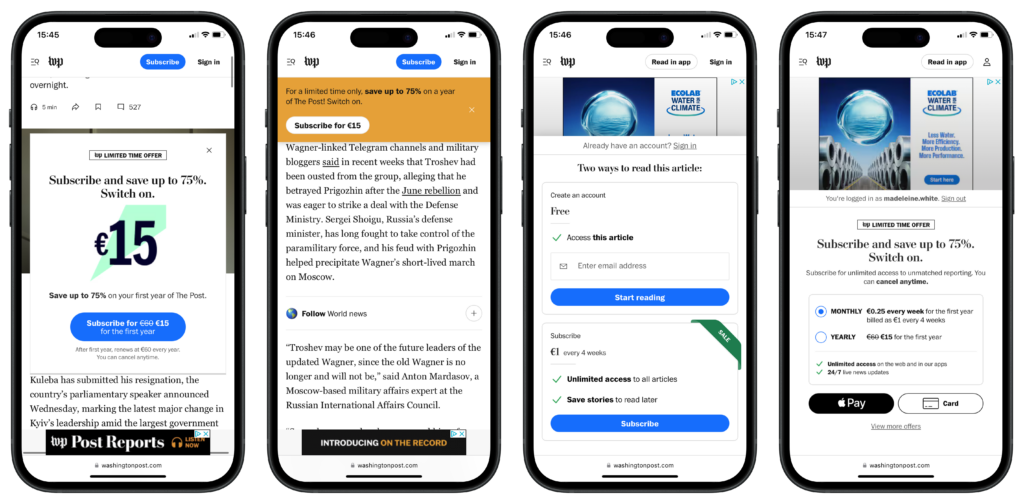
> To read next: Dynamic paywall testing at FAZ












